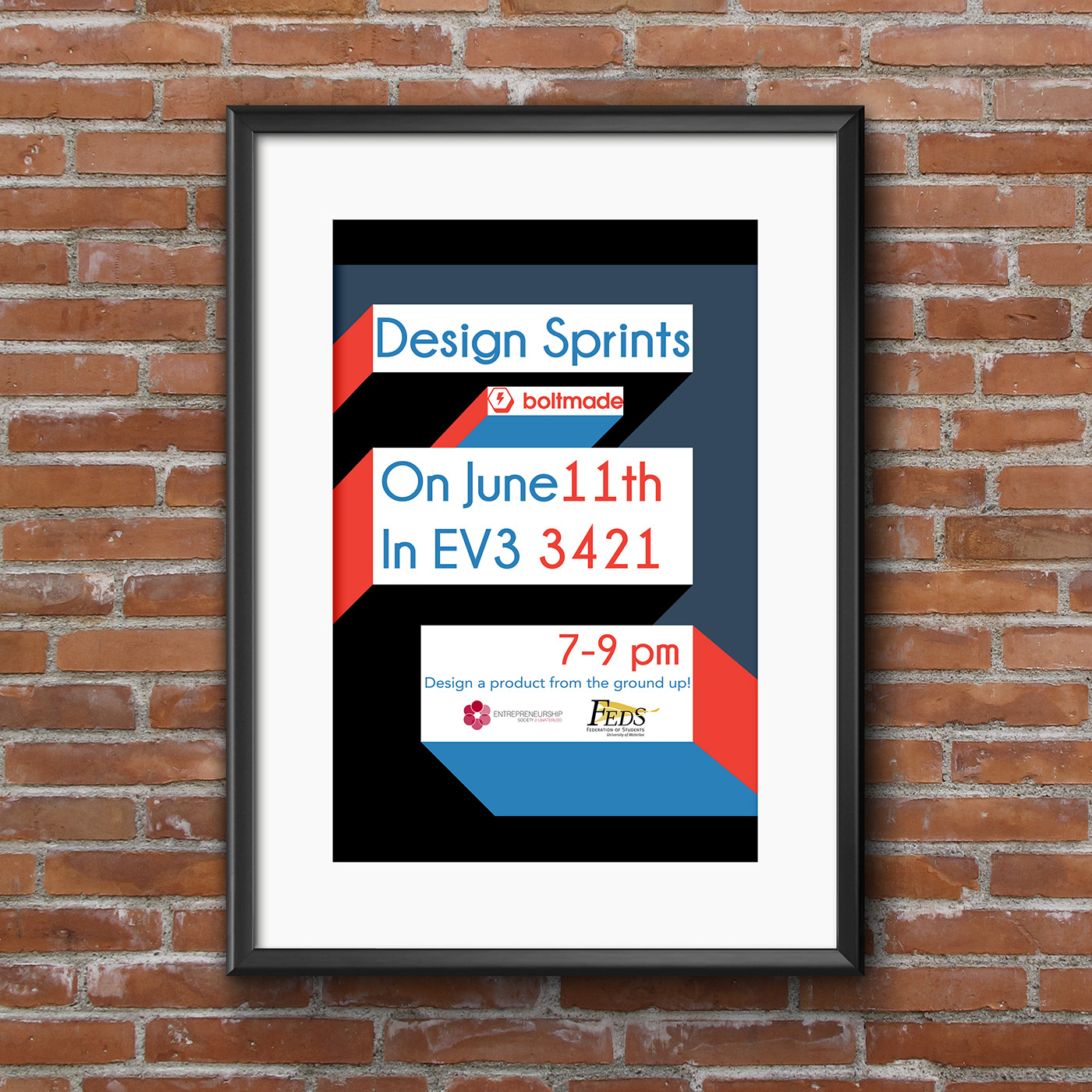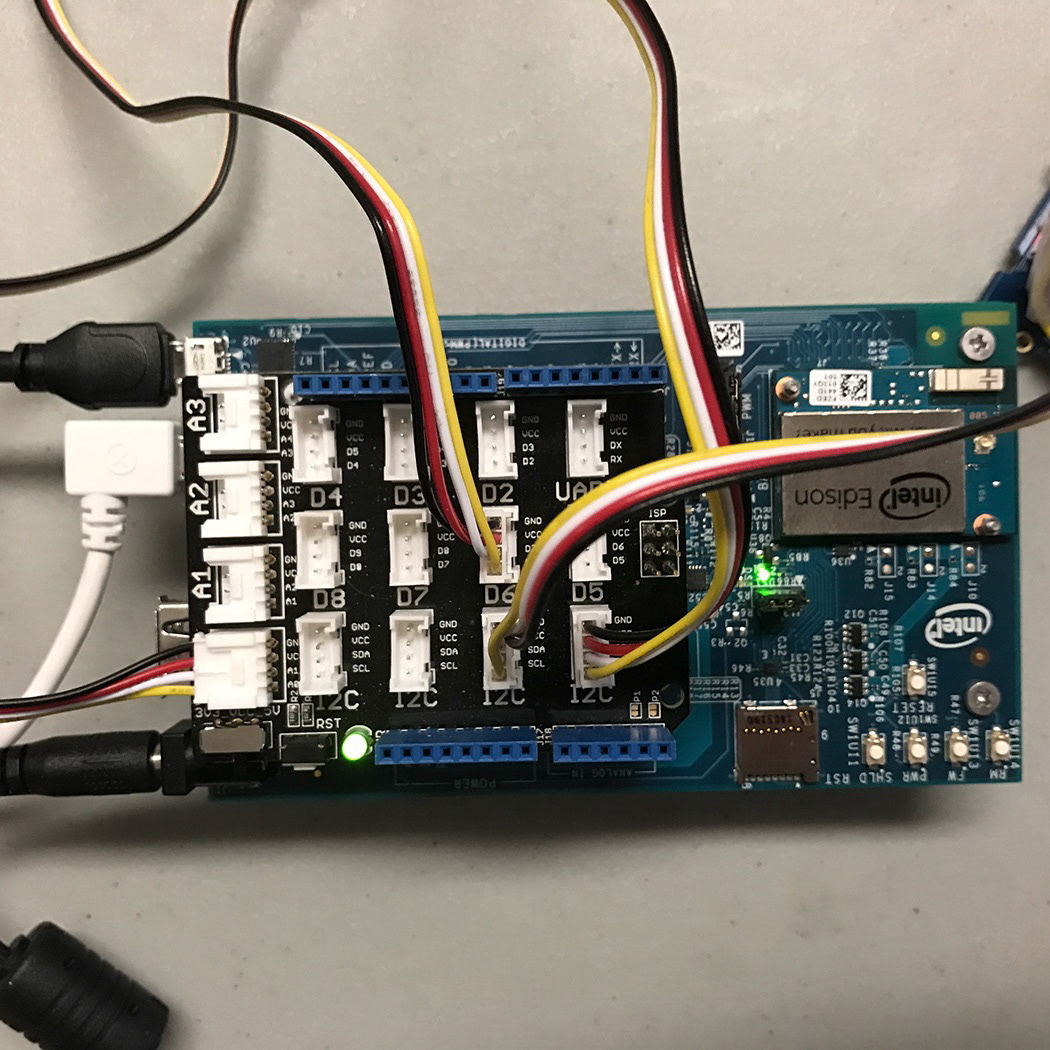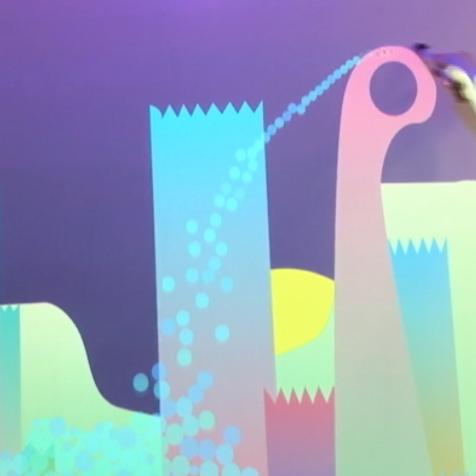Physical Spaces and the Digital World: Experimenting with iBeacons
Sometime during the third year of my undergrad, I recall reading a book about technology that discussed Bluetooth Low Energy and the iBeacon technology developed by Apple that allowed different devices to talk to each other.
Since then, I’ve always been fascinated with the idea of blending the real and digital worlds by giving software some real world context. I recently discovered I had access to some iBeacons through my campus, so I jumped on the chance to use them.
The Problem
I didn't want to just build an iBeacon enabled application, I wanted to create an app with a purpose so that the beacons could be used to solve a tangible problem. Having learned some time prior that the updates blog for my campus wasn't being viewed highly enough, I wondered if I could increase view rates by using iBeacons.
The Process
iOS development has always interested me, but I never really had an excuse to experiment and learn more about it until the Hackathon I participated in a few months prior to this project. Wanting to learn even more I decided to build this app in Xcode to try and get a better understanding of the iOS development process.
When I set out to build what I thought would just be a simple website view, I was presented with a number of challenges. Everything from making the app adaptable to various screens to creating usable URL objects to having to rebuild the app to use a more efficient WebView proved to be a challenge. Loving this challenge, I eventually worked through these issues and successfully allowed my app to listen for the iBeacons.
The Solution
My final solution is an app that appears quite simple but utilizes the true power of the beacons behind the scenes. When the app is opened, it loads the Stratford Campus Blog and allows you to navigate the website as you would in any browser.
Under-the-hood, the app is always listening for the beacons (meant to be located by the entrance of the campus) to provide contextual recommendations based on the user's location. As someone walks into campus the app will be suggested to them and will afford them a shortcut to the campus updates. This suggestion reminds people of the updates, makes it easier for them to access the updates and contextually links the updates to the building the user is currently in.
While I am still actively working with my campus to get this app onto the iOS App Store, I did get a chance to demo the project at the University of Waterloo Fall Open House for some real-world user feedback.
To demo, I placed the iBeacons on the window near the front of the campus. The beacons are small and discrete, almost hidden in plain sight, but are what gives the building a voice to speak to different devices. The feedback was extremely positive and served as a proof of concept based on my execution.









